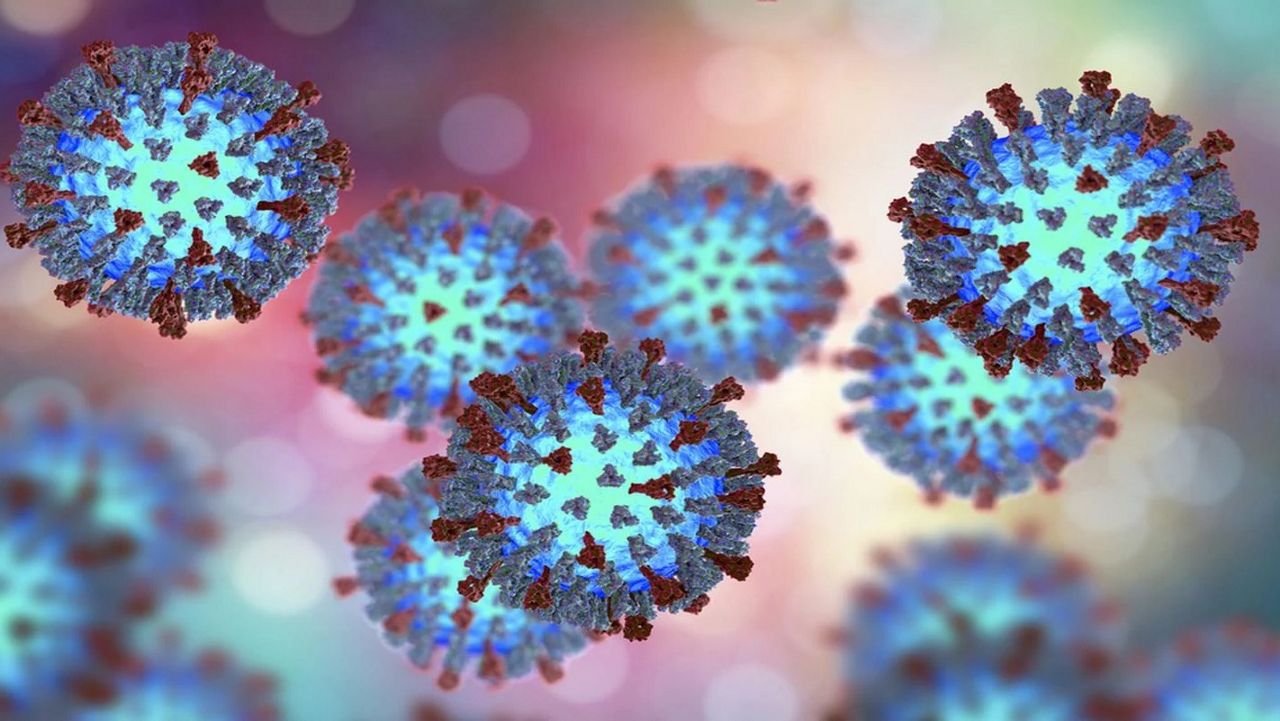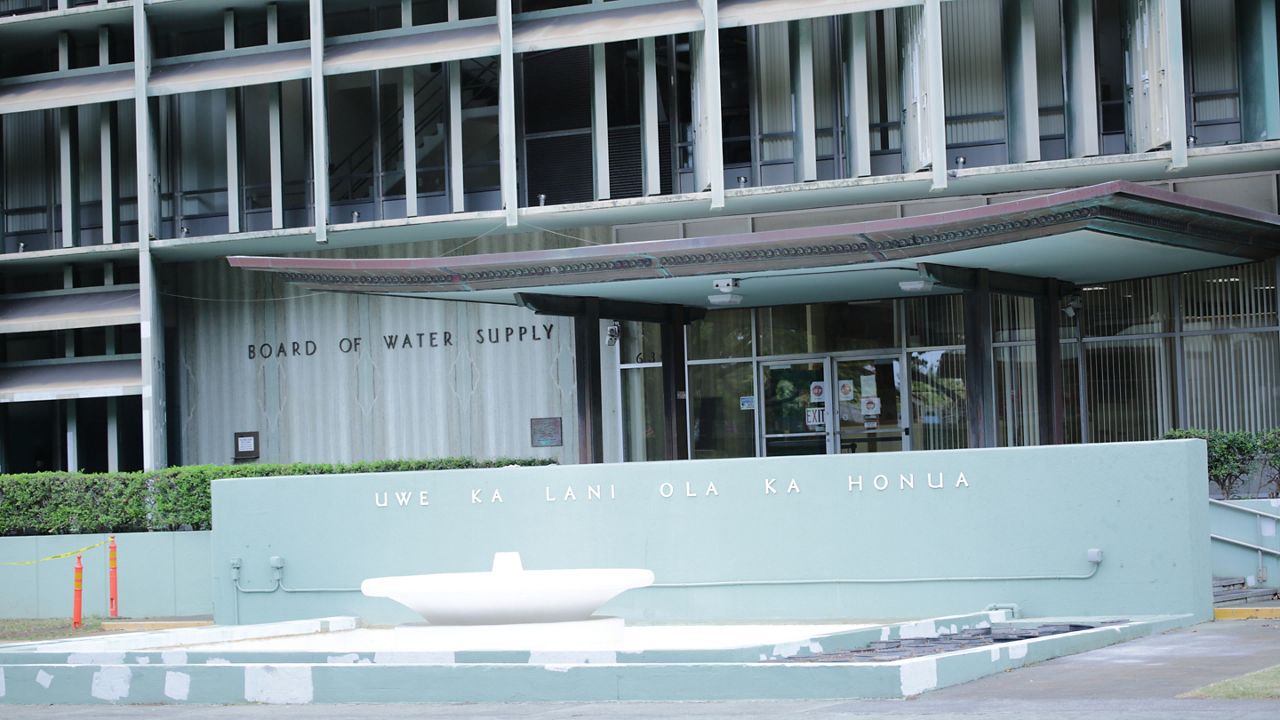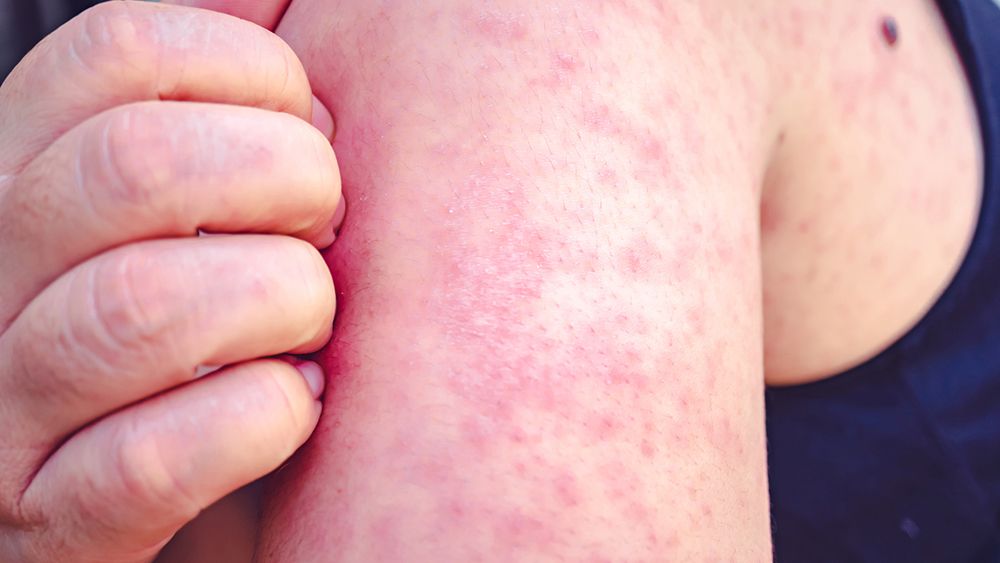HONOLULU — The Department of Health advised Hawaii residents and travelers to be on alert for measles as outbreaks occur in international and continental U.S. locations, according to a news release.
“Hawaii has not experienced any recent outbreaks or spread of measles within the state, but infection can be just a plane ride away,” said State Epidemiologist Dr. Sarah Kemble. “Current outbreaks in the U.S. and abroad are a serious concern because of our popularity as an international and domestic travel destination and our frequent traveler resident population. Both groups have the potential to introduce and spread measles.”
Last year, the DOH confirmed at least two cases of measles in Hawaii. The second case involved an Oahu resident who was exposed to the person in the previous case, who was an international traveler and was unvaccinated. The last measles outbreak in Hawaii occurred in 2014, with 15 cases reported.
The Centers for Disease Control and Prevention reported 41 measles cases in 16 U.S. States as of Feb. 29, 2024. The states affected include Arizona, California, Florida, Georgia, Indiana, Louisiana, Maryland, Michigan, Minnesota, Missouri, New Jersey, New York City, Ohio, Pennsylvania, Virginia and Washington.
Internationally, the top 10 countries with measle outbreaks are Yemen, Azerbaijan, Kazakhstan, India, Ethiopia, Russia, Iraq, Pakistan, Kyrgyzstan and Indonesia, according to the CDC. The number of measle cases reported in these countries ranged from 18,464 to 3,205 as of Feb. 12, 2024.
According to the DOH, the best way to prevent measles is to receive the measles-mumps-rubella vaccine. The DOH advises everyone to check their records to confirm if they have received the MMR vaccine and if they have not to contact their health provider. Before international travel or travel to locations with a measles outbreak, babies between 6 and 11 months should receive one dose of the MMR vaccine. Children 12 months or older, teenagers, and adults who have not received the vaccine should receive two doses separated by 28 days.
Since the pandemic, MMR coverage rates have dropped. According to the CDC, Hawaii’s 2022-2023 kindergarten coverage rate is about 86.4%, which is nearly 10% lower than the 95% coverage recommended for community protection. Hawaii had the largest increase in exemptions in the U.S. for non-medical kindergarten vaccine from the 2021-2022 school year to the 2022-2023 school year.
“The decline in routine childhood vaccination rates is concerning for a potential measles outbreak in Hawaii,” said Dr. Kenneth Fink, Director of Health. “Whereas unvaccinated and immunocompromised individuals can be protected by community immunity, we’re now below that threshold for measles, putting this group at risk. Vaccination helps protect the person vaccinated and the community.”
Measles is a very contagious virus and can cause serious illness, including pneumonia, neurologic complications and even death. Children less than a year old, pregnant people and people with a weakened immune system are especially at risk. As many as three in 1,000 children with measles will die from respiratory and neurologic complications.
The virus spreads through the air when an infected person coughs or sneezes. Measles starts with fever, followed by cough, runny noses and redness in white parts of the eyes. Then a rash of tiny red spots breaks out, starting at the head and spreading to the rest of the body.









